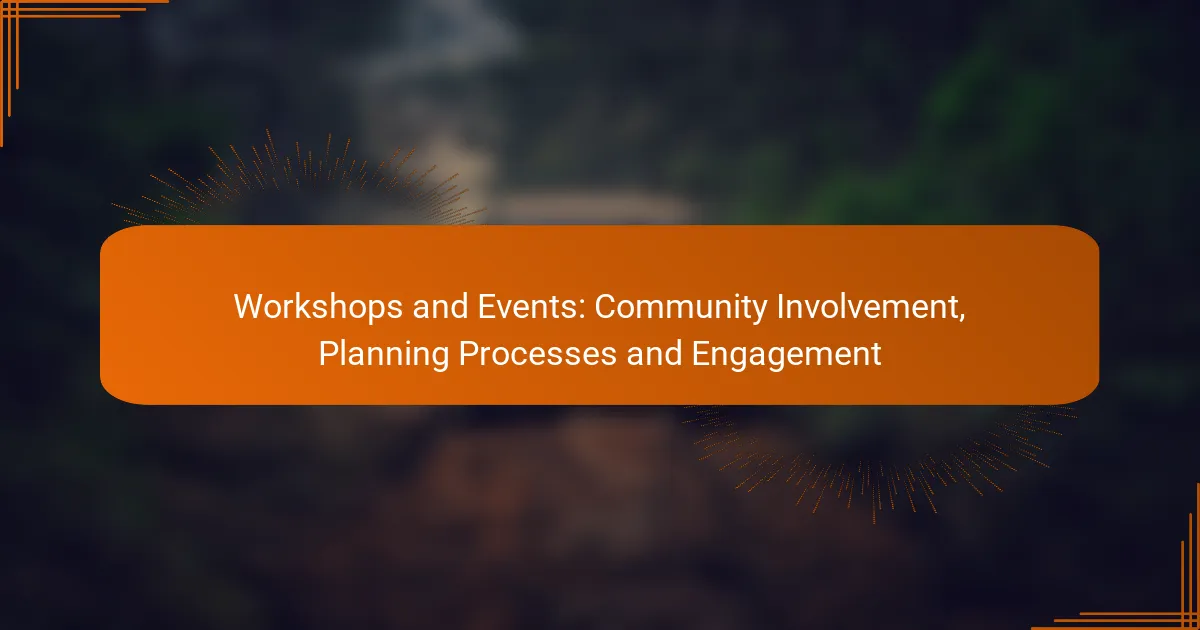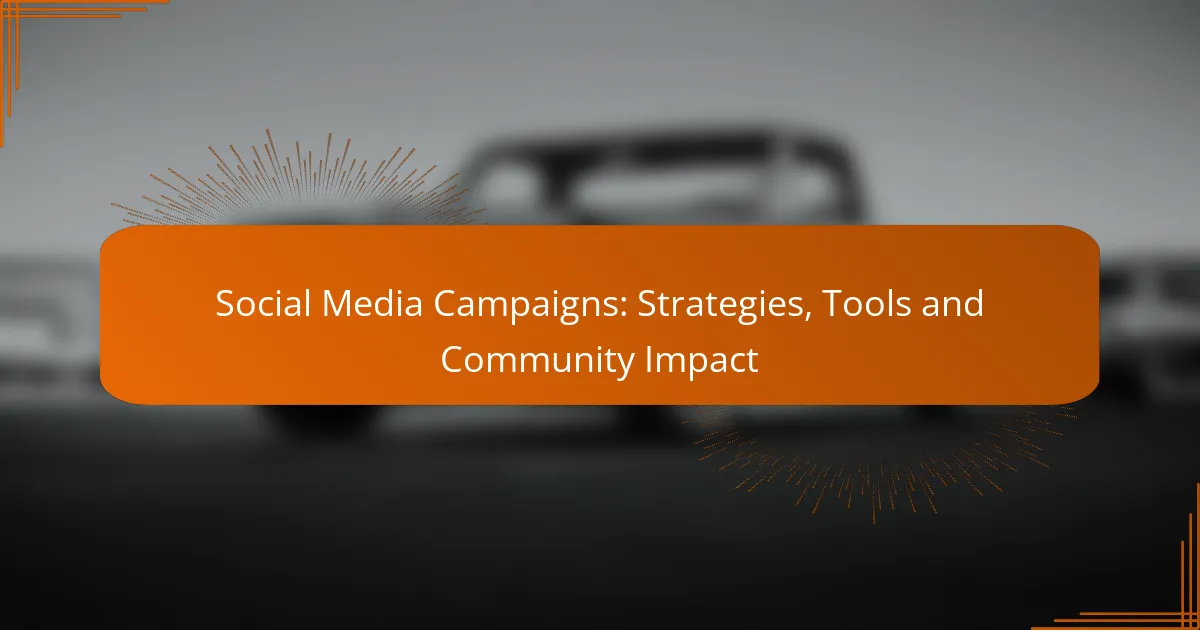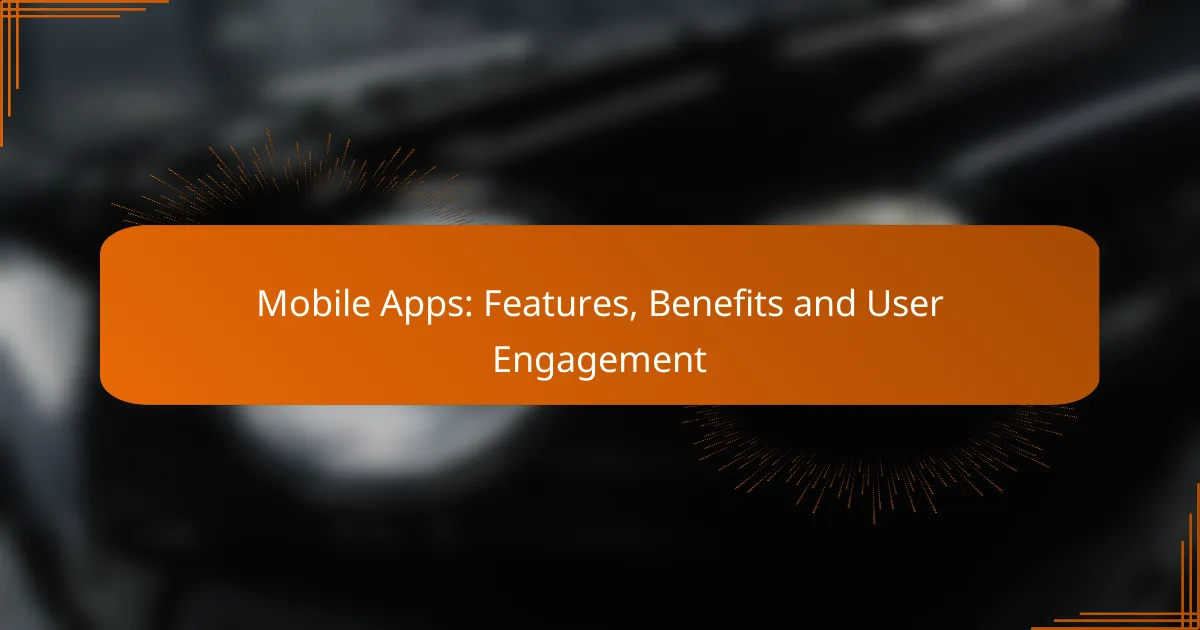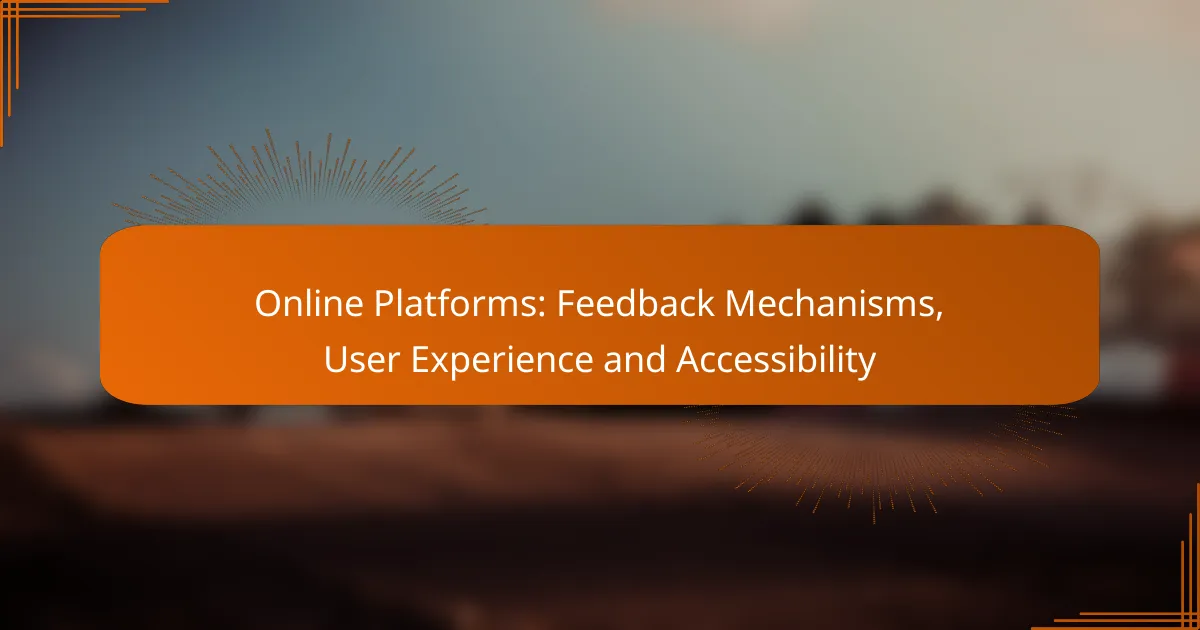Community workshops and events play a vital role in fostering engagement and collaboration among residents. By setting clear objectives and involving local stakeholders, planners can create meaningful experiences that address community needs. Incorporating interactive activities and feedback mechanisms enhances participation, while evaluating success through metrics like attendance and satisfaction helps refine future initiatives.
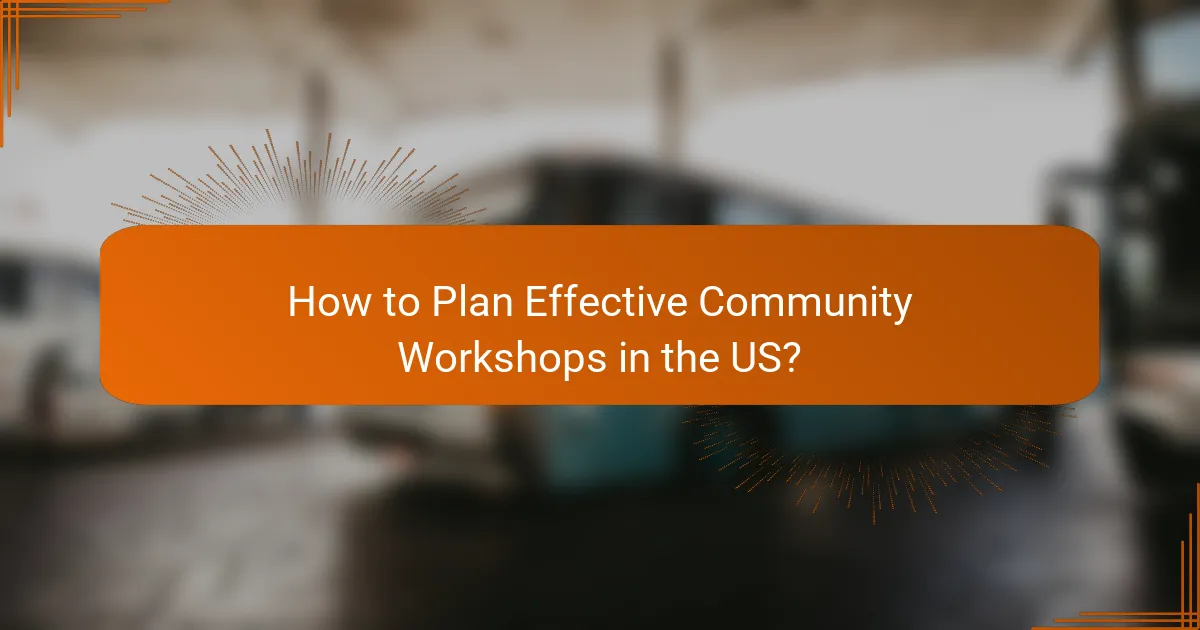
How to Plan Effective Community Workshops in the US?
To plan effective community workshops in the US, start by identifying clear objectives that align with community needs. Engaging local stakeholders and selecting suitable venues are crucial steps to ensure participation and success.
Define clear objectives
Establishing clear objectives is essential for guiding the workshop’s direction and measuring its success. Objectives should be specific, measurable, achievable, relevant, and time-bound (SMART). For instance, if the goal is to gather community feedback on a local project, specify the type of feedback needed and the timeframe for collection.
Consider involving community members in the objective-setting process to ensure the goals resonate with their interests. This can enhance buy-in and participation during the workshop.
Engage local stakeholders
Engaging local stakeholders, such as community leaders, organizations, and residents, is vital for fostering a sense of ownership and commitment. Identify key stakeholders early in the planning process and invite them to contribute their insights and resources.
Regular communication with stakeholders can help maintain their interest and encourage them to promote the workshop within their networks. This can significantly increase attendance and engagement during the event.
Select appropriate venues
The choice of venue can greatly impact attendance and the overall experience of the workshop. Look for locations that are accessible, comfortable, and equipped with necessary facilities such as seating, audiovisual equipment, and restrooms.
Consider venues that are familiar to the community, such as local schools, community centers, or parks. These familiar settings can make participants feel more at ease and willing to engage.
Utilize event planning tools
Event planning tools can streamline the organization process and enhance communication. Platforms like Eventbrite or Meetup allow for easy registration, ticketing, and reminders, helping to manage attendance effectively.
Additionally, using project management tools like Trello or Asana can help keep track of tasks, deadlines, and responsibilities among team members involved in planning the workshop.
Promote through social media
Social media is a powerful tool for promoting community workshops. Create event pages on platforms like Facebook or Instagram to reach a broader audience and encourage sharing among community members.
Utilize targeted ads to reach specific demographics within the community. Regular updates and engaging content can keep the event top-of-mind and increase participation rates.
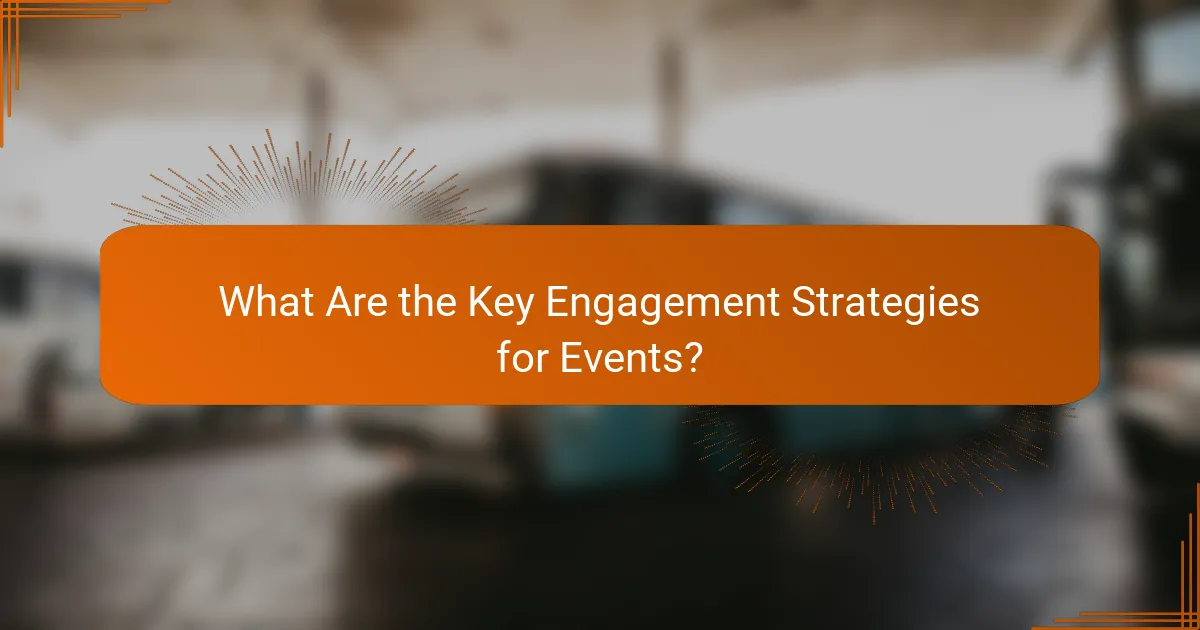
What Are the Key Engagement Strategies for Events?
Key engagement strategies for events focus on fostering participation and interaction among attendees. Effective approaches include incorporating interactive activities, establishing feedback mechanisms, and creating networking opportunities to enhance the overall experience.
Interactive activities
Interactive activities are essential for keeping participants engaged during events. These can range from hands-on workshops and live demonstrations to group discussions and games that encourage collaboration. Consider using activities that align with the event’s theme to enhance relevance and interest.
Examples of interactive activities include breakout sessions where attendees can brainstorm solutions or role-playing scenarios that allow participants to practice skills. Aim for a mix of formats to cater to different learning styles, ensuring that everyone can participate meaningfully.
Feedback mechanisms
Implementing feedback mechanisms is crucial for understanding attendee satisfaction and areas for improvement. Tools such as surveys, suggestion boxes, or live polling can provide valuable insights into participant experiences. Ensure that feedback opportunities are easily accessible and encourage honest responses.
For effective feedback collection, consider using digital platforms that allow for real-time responses. Aim to analyze feedback promptly after the event to identify trends and make necessary adjustments for future gatherings. Remember to communicate any changes made based on feedback to show attendees that their opinions matter.
Networking opportunities
Creating networking opportunities allows attendees to connect and build relationships, which can enhance the value of the event. This can be facilitated through structured activities like speed networking or informal settings such as coffee breaks and social hours. Providing name tags and discussion prompts can further encourage interaction.
Consider incorporating dedicated networking sessions into the event schedule, ensuring that participants have ample time to meet others in their field. Additionally, using event apps or social media groups can help attendees continue conversations beyond the event, fostering a sense of community and ongoing engagement.
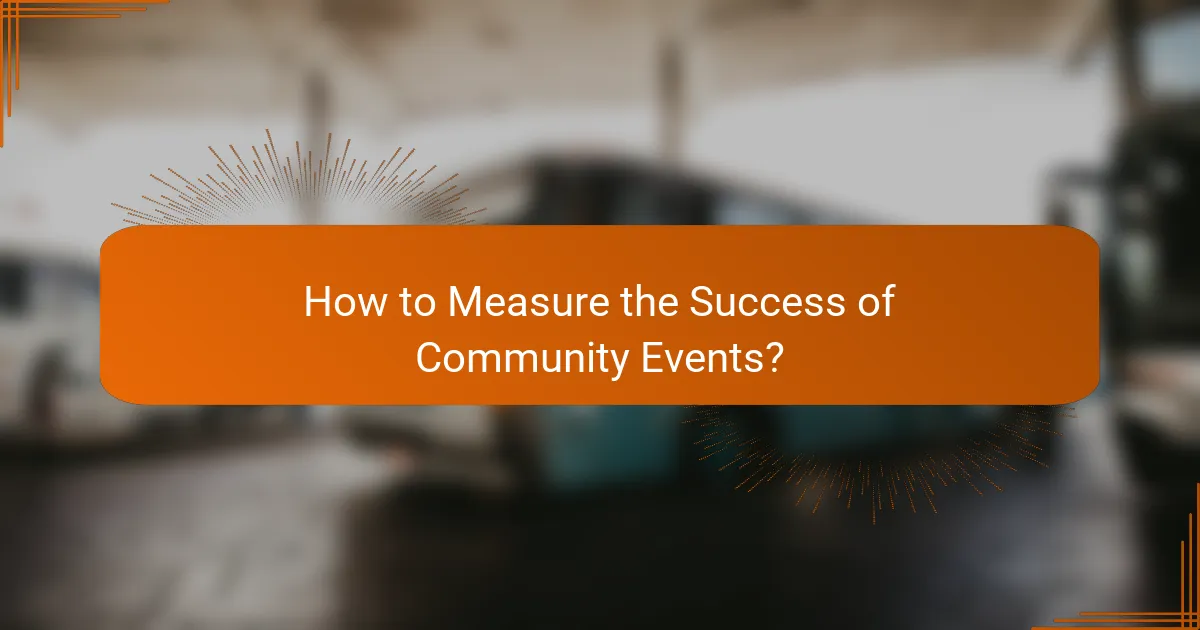
How to Measure the Success of Community Events?
Measuring the success of community events involves evaluating participant satisfaction, attendance numbers, and the overall impact on the community. These metrics provide insights into what worked well and what can be improved for future events.
Collect participant feedback
Gathering feedback from participants is essential to understanding their experiences and satisfaction levels. Use surveys or feedback forms immediately after the event to capture their thoughts while the experience is fresh. Aim for a response rate of at least 20-30% to ensure the feedback is representative.
Consider including both quantitative questions, such as rating satisfaction on a scale of 1 to 5, and qualitative questions that allow for open-ended responses. This combination helps identify specific strengths and areas for improvement.
Analyze attendance metrics
Attendance metrics provide a clear indicator of interest and engagement. Track the number of attendees compared to your expectations or previous events to gauge growth or decline. A good benchmark is to aim for at least 70% of your target attendance.
Additionally, analyze demographic data to understand who attended. This information can help tailor future events to better meet the interests of various community segments, ensuring broader engagement.
Evaluate community impact
Assessing the community impact of your event involves looking beyond attendance and feedback to measure tangible benefits. This could include increased community involvement, local business support, or enhanced social cohesion. Surveys can help quantify these effects.
Consider setting specific goals for community impact, such as fostering partnerships with local organizations or increasing volunteerism by a certain percentage. Regularly reviewing these goals can help track progress and adjust strategies as needed.
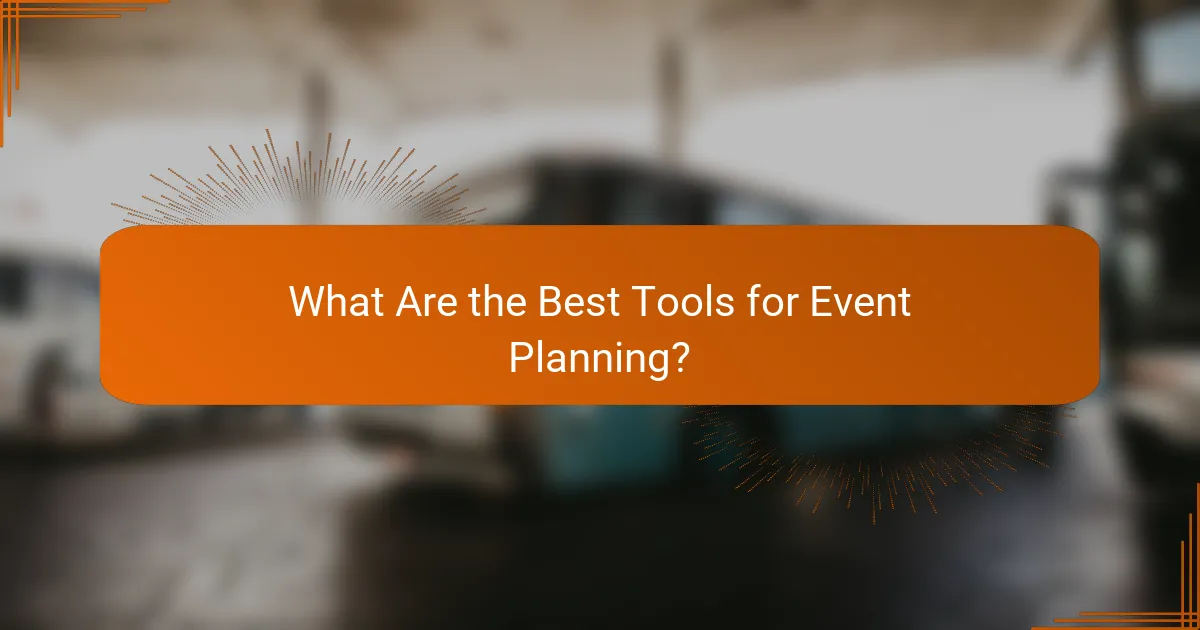
What Are the Best Tools for Event Planning?
The best tools for event planning streamline processes, enhance engagement, and gather valuable feedback. Selecting the right tools can significantly improve the efficiency and success of your events.
Eventbrite for ticketing
Eventbrite is a leading platform for managing ticket sales and registrations for events. It allows organizers to create customizable event pages, set ticket prices, and track sales in real-time.
Consider using Eventbrite if you expect a large number of attendees or need to manage multiple ticket types. The platform charges fees based on ticket sales, so factor this into your budget. It’s particularly useful for events in the U.S. and Europe, where it has a strong presence.
Meetup for community engagement
Meetup is designed to foster community connections by helping people find and join groups based on shared interests. It’s an excellent tool for organizing local events and building a loyal attendee base.
When using Meetup, create a group that aligns with your event’s theme to attract the right audience. Membership is free, but organizers may pay a fee to host events. This platform works well for informal gatherings, workshops, and networking events.
SurveyMonkey for feedback
SurveyMonkey is a powerful tool for collecting feedback from event participants. It allows you to create surveys that can gauge attendee satisfaction and gather suggestions for future events.
Utilize SurveyMonkey to send post-event surveys shortly after your event concludes. Keep surveys concise, focusing on key aspects like content quality and overall experience. This tool is adaptable for various locales, making it suitable for both small and large events across different regions.
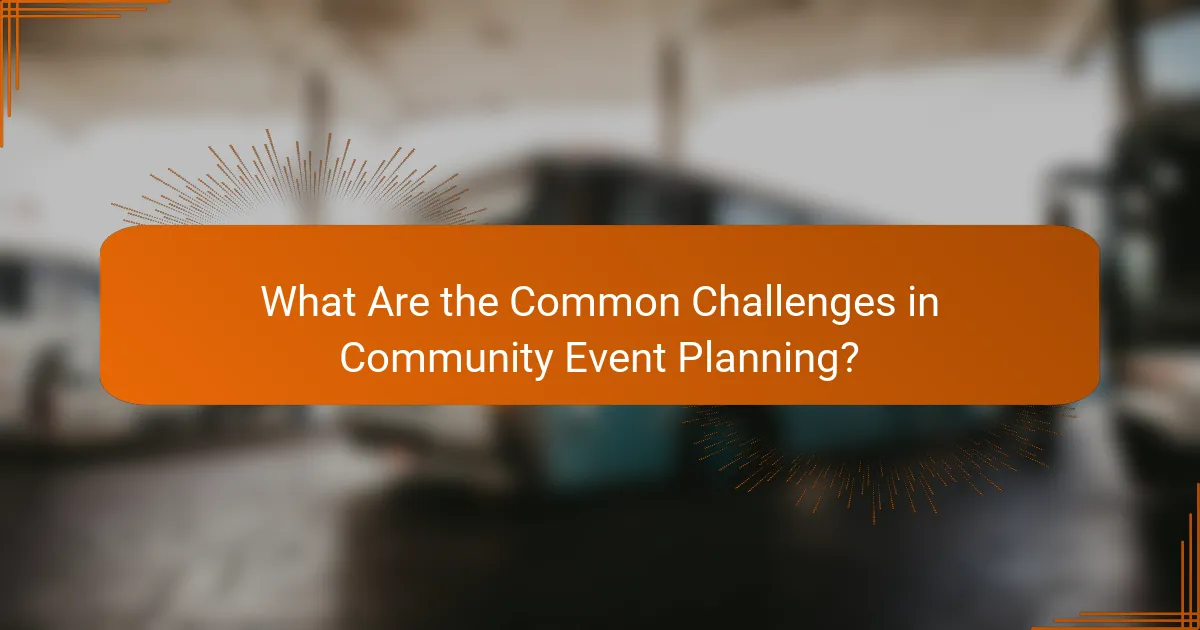
What Are the Common Challenges in Community Event Planning?
Community event planning often faces several challenges that can hinder success. Key issues include budget constraints, securing adequate venues, and engaging participants effectively.
Budget constraints
Budget constraints are a primary challenge in community event planning, as they dictate the scope and quality of the event. Limited financial resources can restrict venue choices, marketing efforts, and the ability to hire speakers or entertainers.
To manage budget constraints, planners should create a detailed budget that outlines all potential expenses and income sources. Consider seeking sponsorships or partnerships with local businesses to offset costs and enhance funding opportunities.
It’s also wise to prioritize essential elements of the event. For example, focus on securing a suitable venue and necessary permits before allocating funds to decorations or promotional materials. This approach ensures that the core aspects of the event are adequately funded.
